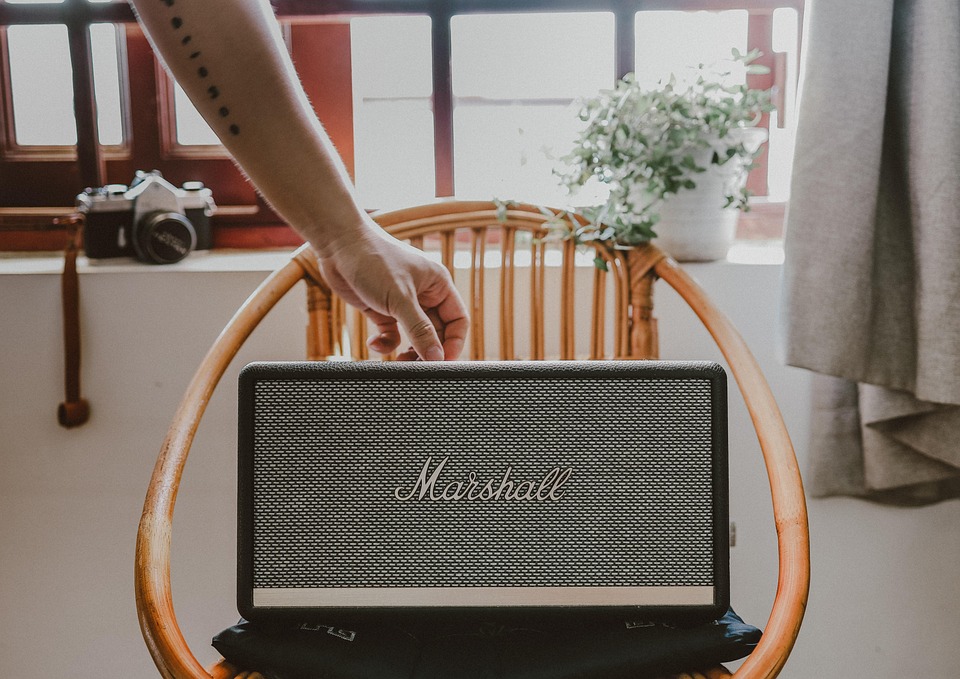In an age where technology infiltrates almost every aspect of our lives, the concept of a smart home has moved from science fiction to the living room. Smart homes offer increased convenience, energy efficiency, security, and comfort. If you’re considering taking your first steps into the world of smart home technology, this article provides essential tips to simplify the process.
1. Start Small
For beginners, it’s wise to start with one or two simple devices rather than overhauling your entire home at once. Consider starting with smart bulbs or plugs. These devices are relatively inexpensive, easy to install, and can significantly enhance your living experience.
2. Choose a Smart Hub
A smart hub serves as the central control for your smart devices. Google Home, Amazon Echo (Alexa), and Apple HomeKit are popular choices. Your choice should depend on your preferences and whether you’re already invested in a particular ecosystem. A smart hub simplifies integration and makes managing devices more efficient.
3. Focus on Compatibility
Before purchasing any smart device, check its compatibility with your existing systems. Many devices operate through Wi-Fi, Zigbee, or Z-Wave protocols. Ensuring that your devices can communicate with each other will save you frustration in the long run.
4. Prioritize Security
As convenience increases, so do concerns about security. Select smart devices from reputable brands, and keep their firmware up to date. Consider enabling features like two-factor authentication and setting strong, unique passwords. Investing in a smart security camera or a doorbell camera can also enhance your home’s security.
5. Consider Smart Lighting
Smart lighting can dramatically change the atmosphere of your home. Smart bulbs allow you to adjust brightness and color, set schedules, and control lighting remotely. You can create mood lighting for a romantic dinner or programmable lighting for when you’re away. This not only enhances convenience but can bolster security as well.
6. Automate Climate Control
Smart thermostats such as Nest or Ecobee can optimize your heating and cooling systems. They learn your routines and adjust settings accordingly, leading to energy savings and increased comfort. Additionally, you can control your thermostat remotely, ensuring your home is at the perfect temperature when you arrive.
7. Embrace Voice Control
Integrating voice control through smart assistants like Amazon Alexa, Google Assistant, or Apple Siri can simplify your life. Voice commands allow you to control various devices hands-free, from dimming lights to adjusting the thermostat or even locking doors.
8. Expand Gradually
As you become familiar with your initial devices, consider gradually expanding your smart ecosystem. Look into automating locks, security cameras, or appliances. Keep an eye on new developments and be selective as you choose additional devices. The goal is to create a tailored experience that enhances your home life.
9. Utilize Routines and Scenes
Many smart home systems allow you to create routines and scenes. For instance, you can set a "Good Morning" routine that gradually brightens the lights and starts your coffee maker at a designated time. Automation streamlines daily tasks, making your home more efficient.
10. Stay Informed
The smart home industry is continuously evolving. Join online forums, subscribe to relevant blogs, or attend local tech meetups to stay updated on the latest trends and technologies. This knowledge will help you make informed decisions on upgrades and integrations.
Conclusion
Embarking on your smart home journey doesn’t have to be daunting. By starting small, prioritizing compatibility, and enhancing security, you can transform your living space into a more convenient and efficient environment. Embrace the technology at your own pace, and you’ll find that a smarter home is not only possible but enjoyable. Happy automating!



